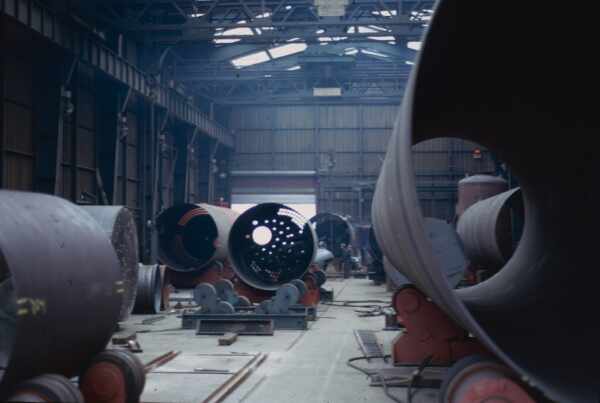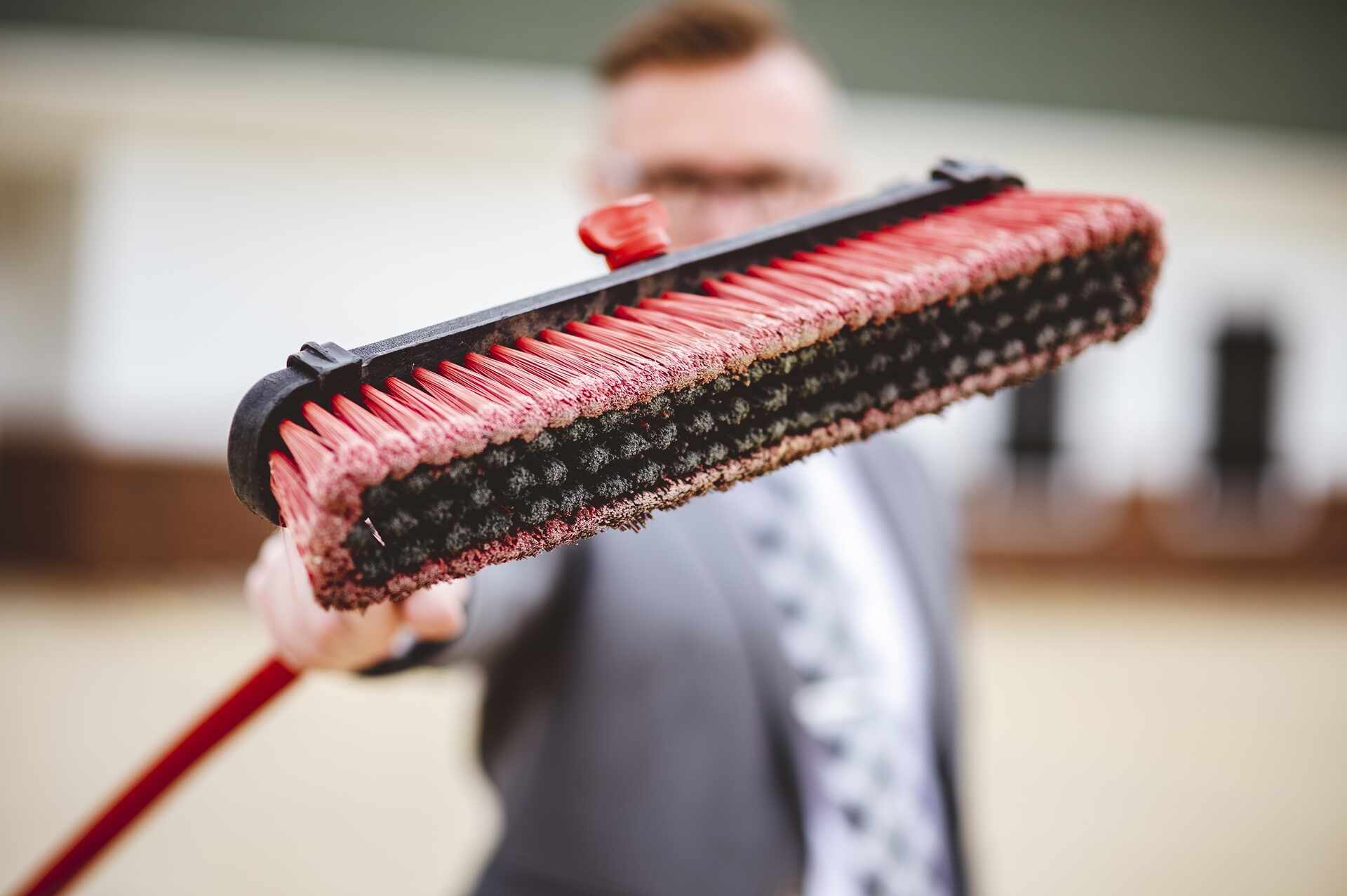An efficient and well-maintained conveyor belt system is vital for any facility that relies on material handling and transport for its operations. Regular maintenance not only helps in ensuring smooth operations but also prolongs the lifespan of your conveyor belt system, reducing the potential for costly repairs and downtime. In this article, we will provide you with essential maintenance tips that will assist you in keeping your conveyor belt system running at peak efficiency while minimising potential interruptions to your workflow.
Drawing upon our vast experience and expertise in conveyor belt systems, we have compiled comprehensive and practical advice for maintaining your system, ensuring that it meets industry standards and operates efficiently. We understand that each facility is unique, and as a conveyor belt system specialist, our aim is to equip you with the knowledge needed to stay on top of system upkeep tailored to your specific requirements. By following these maintenance tips, you can safeguard your investment in your conveyor belt system and maintain consistently high levels of productivity.
Regular Inspections: The First Line of Defence
The foundation of any successful maintenance plan is frequent and comprehensive inspections of your conveyor belt system. Regular examinations help you identify potential issues before they escalate, allowing you to address them proactively and avoid unnecessary downtime. Key aspects of the inspection process should include:
1. Examining Belt Edges: Look for signs of wear or fraying along the edges of the conveyor belt, as well as any ripples or curls that may indicate belt misalignment or tension issues.
2. Checking Belt Surface: Carefully inspect the conveyor belt surface for cuts, punctures, or other forms of damage that may compromise the belt’s integrity. Additionally, look for signs of uneven or excessive wear, which may signal issues with pulleys or other components.
3. Monitoring Pulleys and Rollers: Ensure that all pulleys and rollers are rotating evenly, without excessive vibration or resistance. Misaligned pulleys can cause premature wear on the belt, while damaged rollers can lead to tracking issues.
4. Assessing Tension and Tracking: Confirm that the belt tension is appropriate, and adjust if necessary. Tracking of the belt should be observed, with adjustments made as needed to keep it running smoothly and in the proper alignment.
Proactive Cleaning and Sanitation: A Recipe for Success
A clean conveyor belt system is paramount for maintaining efficiency and prolonging the life of your equipment. Accumulated debris, dust, and other contaminants can reduce the effectiveness of your system and contribute to accelerated wear on both the belt and its components. Regular cleaning and sanitation help prevent these issues, with specific strategies including:
1. Belt Cleaning: Use appropriate cleaning solutions and equipment (such as brushes or scrapers) to clean the belt surface and remove any buildup. Pay particular attention to the underside of the belt, where residue is most likely to accumulate.
2. Component Cleaning: Regularly clean conveyor components such as rollers, pulleys, and sensors to prevent the accumulation of debris that may hinder their proper function. Use manufacturer-recommended cleaning solutions and equipment for optimal results.
3. Lubrication: Keep all moving parts lubricated with appropriate grease or oil to maintain smooth and efficient operation. Regular lubrication reduces friction, prevents excessive wear, and ensures the longevity of the components.
Timely Repairs and Replacements: Staying Ahead of the Curve
When inspections reveal damaged or worn components, it is crucial to address these issues proactively to maintain the efficiency of your conveyor belt system. Prompt and proper repairs or replacements will help avoid more significant problems down the line, including potential belt failure or system downtime. Key points to consider include:
1. Repairing Damaged Belt Surfaces: Small punctures or cuts in the belt surface can be repaired with patches or vulcanisation techniques, preventing further deterioration. Consult your belt manufacturer or maintenance specialist for guidance on making proper repairs.
2. Replacing Worn Components: Worn or damaged pulleys, rollers, and other components should be replaced with high-quality, compatible parts. This ensures the continued smooth operation of your system and helps prevent excessive wear on the belt itself.
3. Scheduled Component Replacement: Implementing a programme of scheduled component replacement can be an effective way to optimise the efficiency and longevity of your conveyor belt system. By replacing key components at regular intervals, you can prevent the unexpected failure of critical parts and minimise the risk of system downtime.
Thorough Employee Training: An Investment in Your System’s Success
The people operating and maintaining your conveyor belt system play a critical role in its overall performance and longevity. Properly trained employees are more likely to identify and address potential issues early, ensuring your system runs at peak efficiency. Critical aspects of employee training include:
1. System Operation: Train employees in the correct operation of your conveyor belt system, with a focus on safety and efficiency best practices.
2. Inspection Techniques: Educate employees on inspection techniques, emphasising the importance of regular checks and system monitoring.
3. Maintenance and Repair: Ensure employees are equipped with the knowledge and skills required to perform routine maintenance tasks and carry out necessary repairs.
Conclusion
Investing in regular maintenance for your conveyor belt system will help ensure that it operates at maximum efficiency and enjoys a long and effective life. By conducting frequent inspections, maintaining a proactive cleaning regimen, addressing repairs and replacements promptly, and training your staff to maintain and monitor the conveyor system correctly, you’ll safeguard your investment, reduce the risk of system downtime, and promote consistently high levels of productivity.
If you need expert guidance on maintaining your conveyor belts or implementing a tailored maintenance plan, our experienced team is ready to help. Contact us today to discuss your unique requirements and benefit from our wealth of knowledge dedicated to ensuring the continued success and efficiency of your operation.




